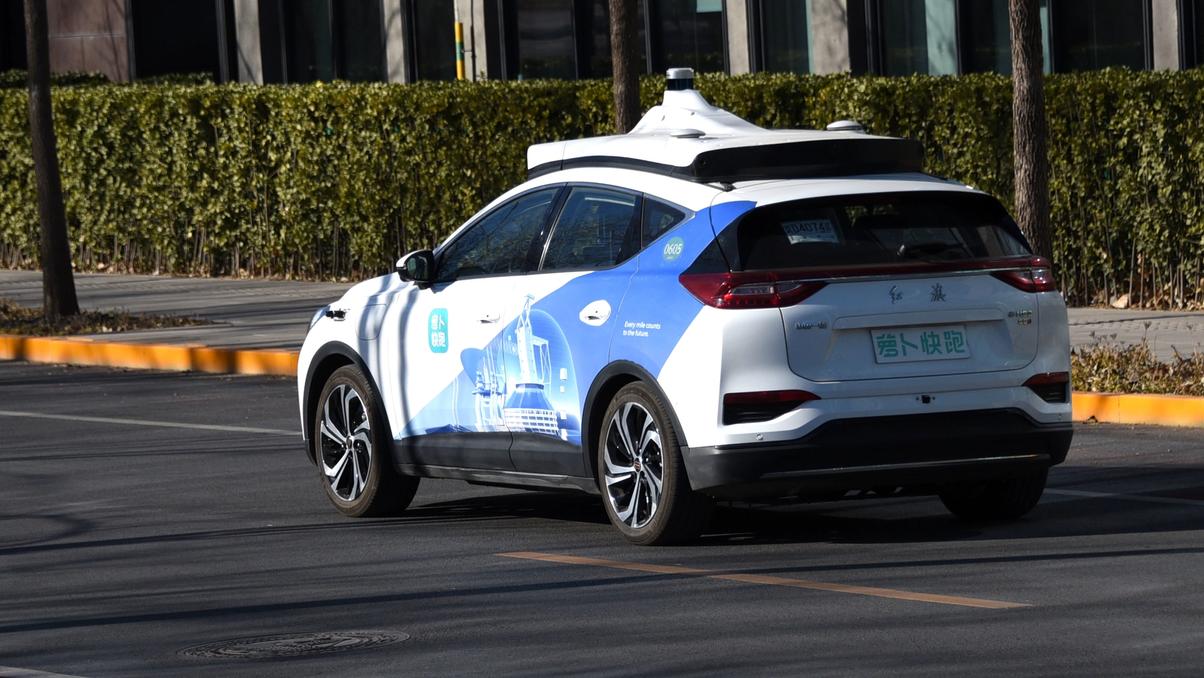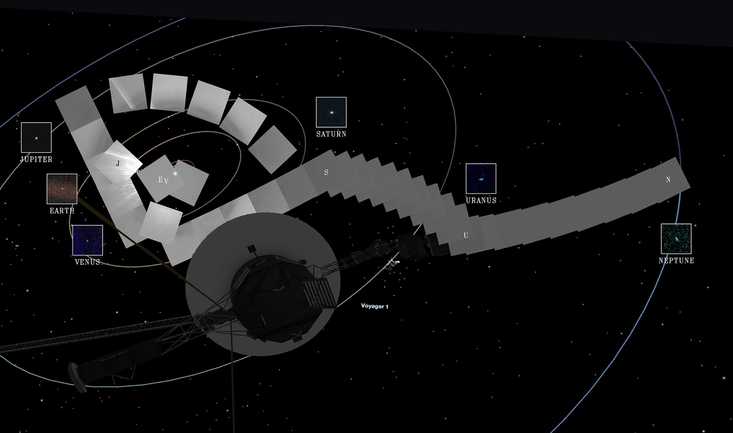How The Pre-Auto Era Can Prepare Us For The Age Of Driverless Cars
There are some familiar issues we've still got to address. Shutterstock
Shutterstock
News that is entertaining to read
Subscribe for free to get more stories like this directly to your inboxWith so-called robotaxis cruising the streets of San Francisco and Tesla CEO Elon Musk promising a utopian vision of autonomous travel for everyone, it’s easy to believe that the driverless car is the wave of the automotive future.
While that might be true, there are a few big problems to work out in the meantime — from traffic jams caused by inoperable vehicles to cameras that might not see every roadway hazard.
We’ve been here before (sort of)
The transition from horseback travel to early automobiles around the turn of the 20th century is a rough approximation of our current shift from traditional vehicles to driverless ones.
Historian Victor McFarland explained: “Automobiles were frightening to a lot of people at first. The early automobiles were noisy. They were dangerous. They had no seatbelts. They ran over pedestrians.”
But in the end, they won out over those who wanted to maintain the status quo.
So perhaps by learning from that experience, we’ll all be better equipped to welcome (however grudgingly) the adoption of autonomous vehicles.
What needs to be done from here
There’s a new slate of concerns surrounding the birth of the driverless car industry, but some — like the loss of certain jobs — are strikingly similar. The Teamsters Union got its name from leading teams of horses in the pre-auto days but found new life in part due to the proliferation of cars.
Likewise, the driverless vehicle phenomenon will likely spark new careers that we might not even be anticipating.
As for the potential dangers associated with autonomous vehicles, evidence suggests they’re safer than traditional cars, which are often driven by distracted or impaired drivers.
But we still need to focus on new safety measures and better infrastructure to cut down on congestion and possible risks to pedestrians and motorists alike.
 Why Is The Aging Voyager 1 Probe Sending Back Incoherent Communications?
It's been speaking gibberish for a few months and officials are concerned.
Why Is The Aging Voyager 1 Probe Sending Back Incoherent Communications?
It's been speaking gibberish for a few months and officials are concerned. One Woman’s Massive Donation Is Wiping Out Tuition At This Medical School
Her inheritance came with the instruction to do "whatever you think is right."
One Woman’s Massive Donation Is Wiping Out Tuition At This Medical School
Her inheritance came with the instruction to do "whatever you think is right." Woman’s Pets Will Inherit Her Multimillion-Dollar Fortune, Not Her Kids
It's not the first time four-legged heirs were named in a will.
Woman’s Pets Will Inherit Her Multimillion-Dollar Fortune, Not Her Kids
It's not the first time four-legged heirs were named in a will.